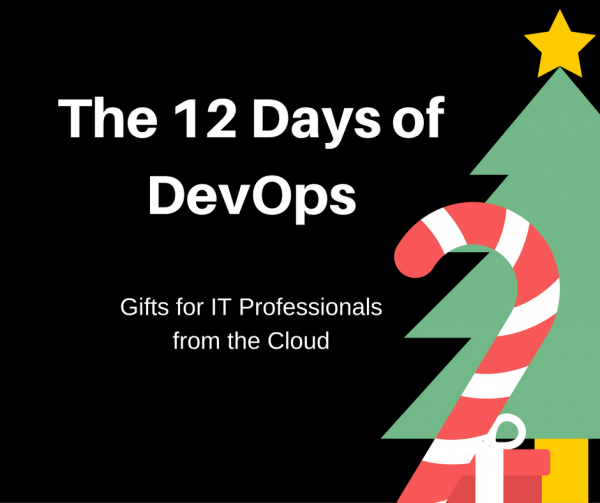“On the seventh day of Christmas my IT guy gave to me, 7 Microservices”
We’re often engrossed by the phrase “go big or go home”, a declaration that if we don’t set it all on the line, that it’s often not worth trying at all. While the concept definitely applied to large software projects in the late 20th century, times have shifted with the rise of Microservices.
Microservices are defined as the breaking down of large software projects into loosely coupled modules, which communicate with each other through simple APIs. If your organization is thinking about Microservices in the New Year, consider some of these advantages:
- Flexibility: Many applications are dependent on other pieces to function. With Microservices, failure in one service does not impact others. Additionally, flexibility also means that Microservices can be tested individually.
- Scalability: One of the biggest challenges that we’ve repeated again and again on this blog is the importance of scalability. Microservices enables the deployment of demanding services in multiple servers to enhance performance while not affecting other services. Monolithic applications can’t claim the same advantage.
- Fault Isolation: On the other side of scalability, Microservices enable fault isolation. Large applications can remain largely unaffected by the failure of a single module due to fewer dependencies.
- Integration of DevOps: As large organizations adopt DevOps, organizations will require specialists and generalists to help shepherd projects from beginning to end. Microservices enable developers who specialize in a specific service to enhance the development of applications while allowing for greater organizational efficiencies.
- Eliminates Technology Dependence: Finally, Microservices eliminates any long-term commitment to a single technology stack. If you want to try out a new technology stack on an individual service, there is absolutely nothing stopping you compared to traditional monolithic applications. Rolling back changes will also be easier with less code in play.
If you’re looking to integrate Microservices into your DevOps architecture in 2017, let’s chat! Send us an email at sales@perficient.com and we’ll be in touch shortly.
Learn more about our DevOps and API partnerships here

